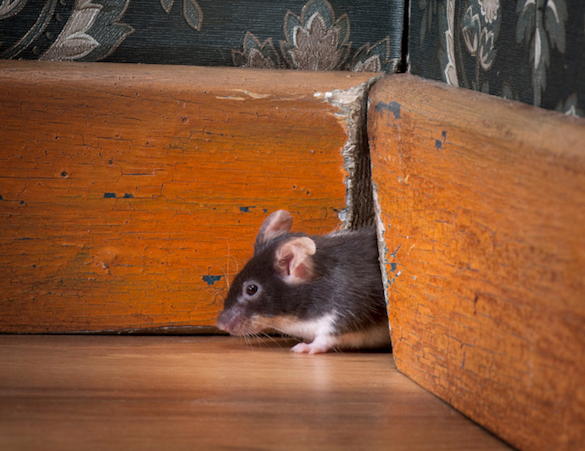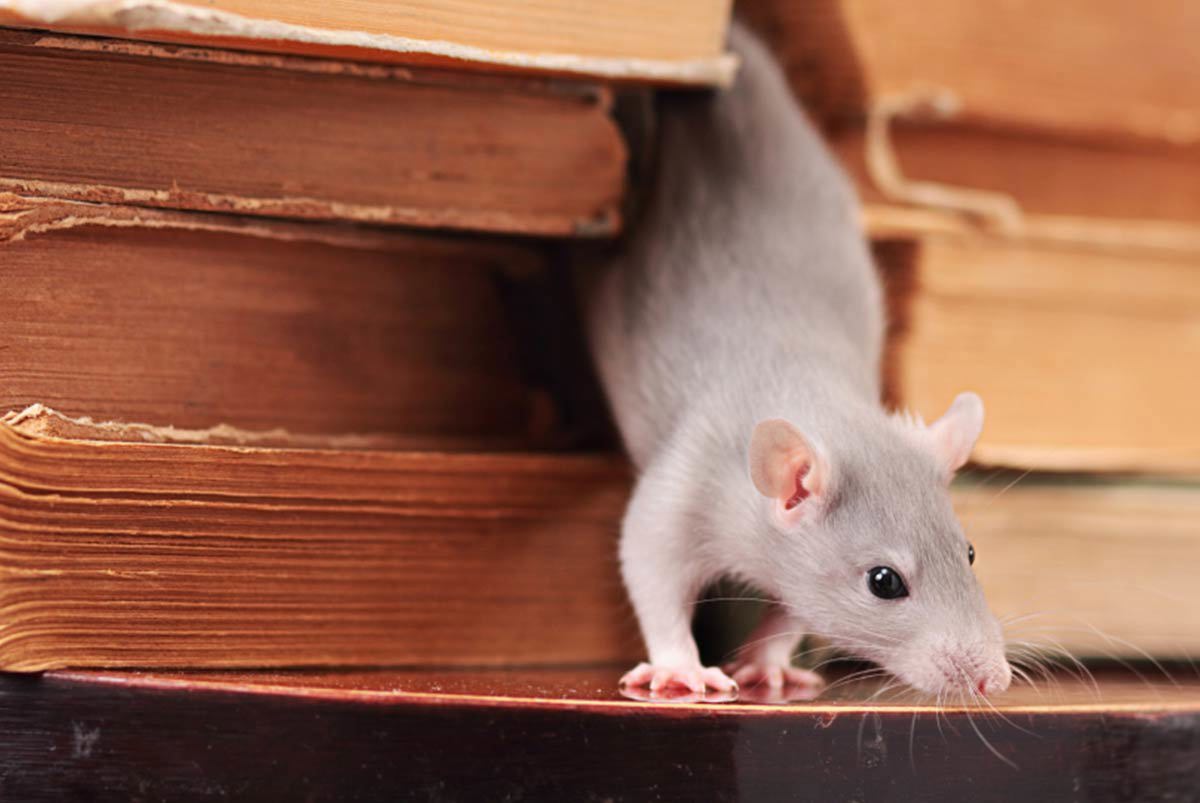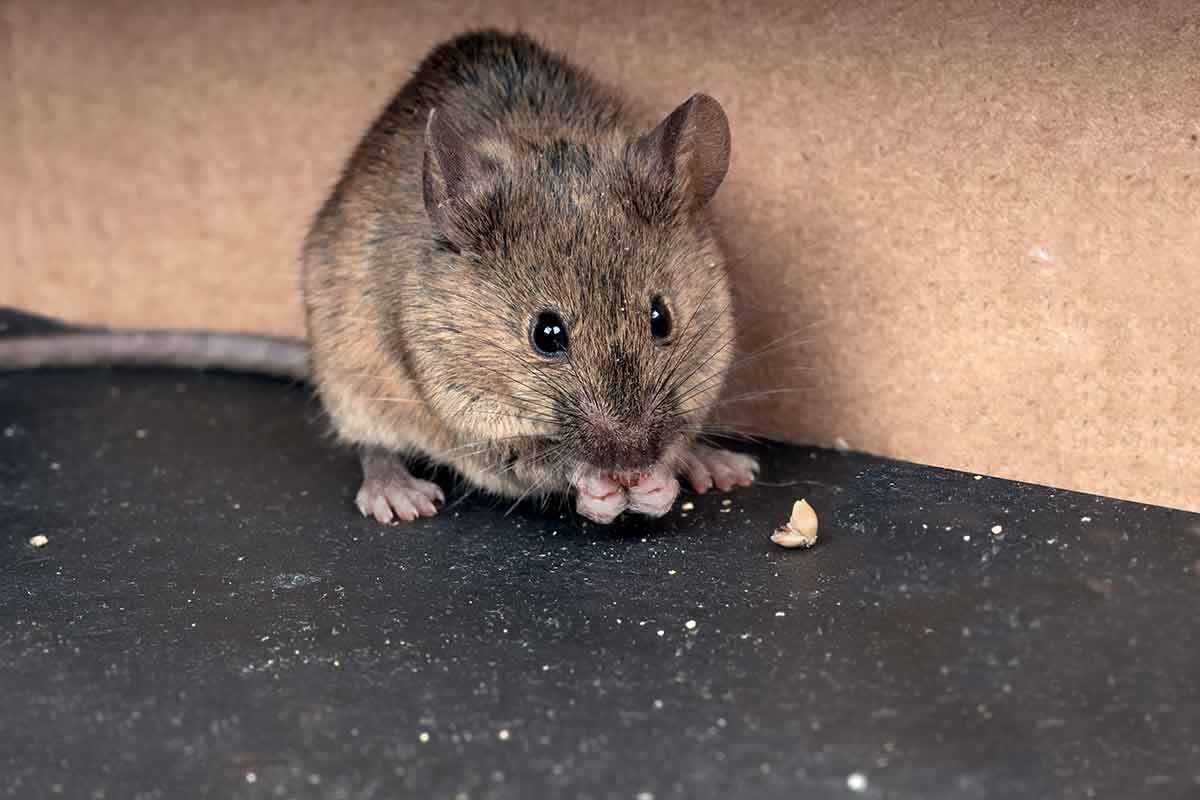House Mice Mus domesticus
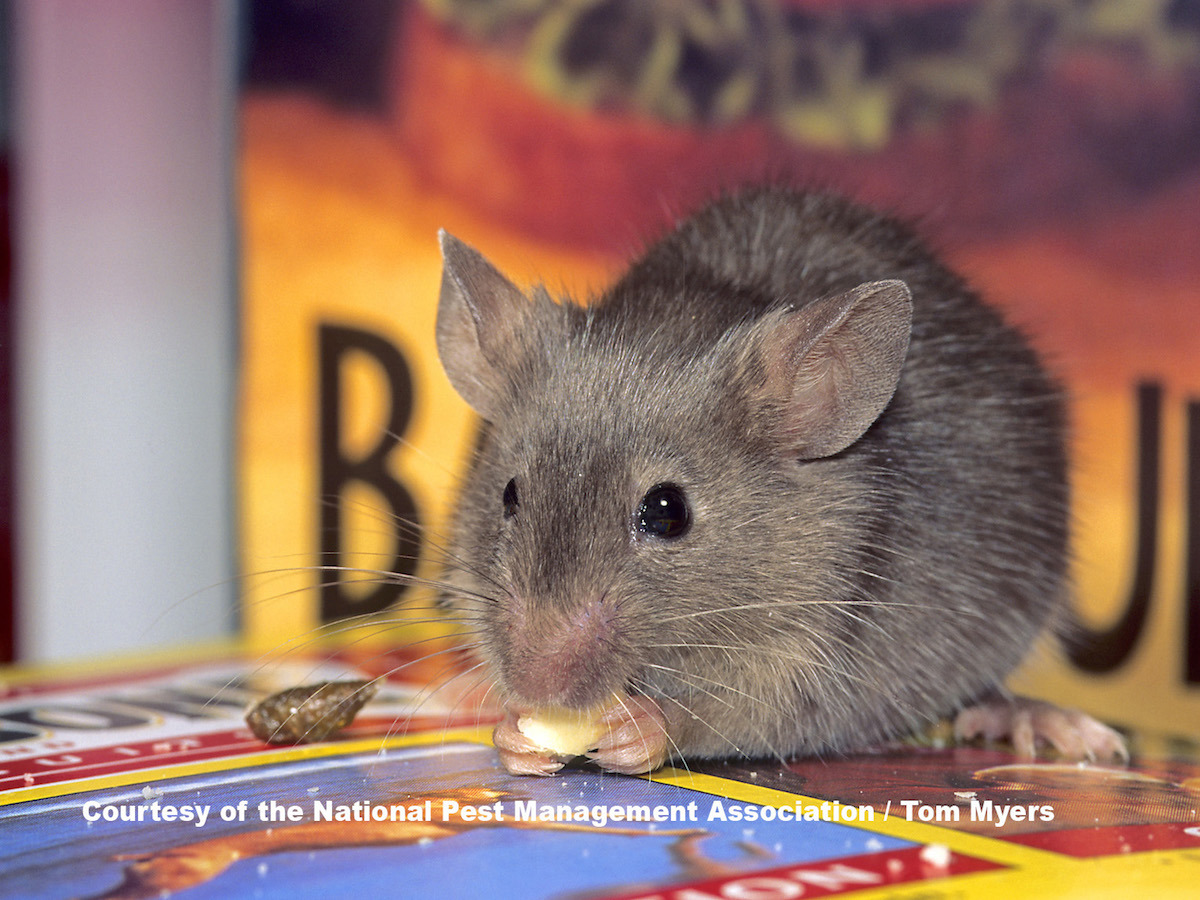
House Mice Identification
Color: Dusty gray with a cream belly
Size: 2 1/2 - 3 3/4" long
Legs: 4
Antennae: No
Shape: Round
Region: Found throughout U.S.
What are House Mice?
The house mouse is the most commonly encountered and economically important of the commensal rodents. House mice are of Central Asian origin, but they are distributed worldwide and can be found throughout the United States. House mice are not only a nuisance, but they can pose significant health and property threats.
House mice breed rapidly and can adapt quickly to changing conditions. In fact, a female house mouse can give birth to a half dozen babies every three weeks and can produce up to 35 young per year.
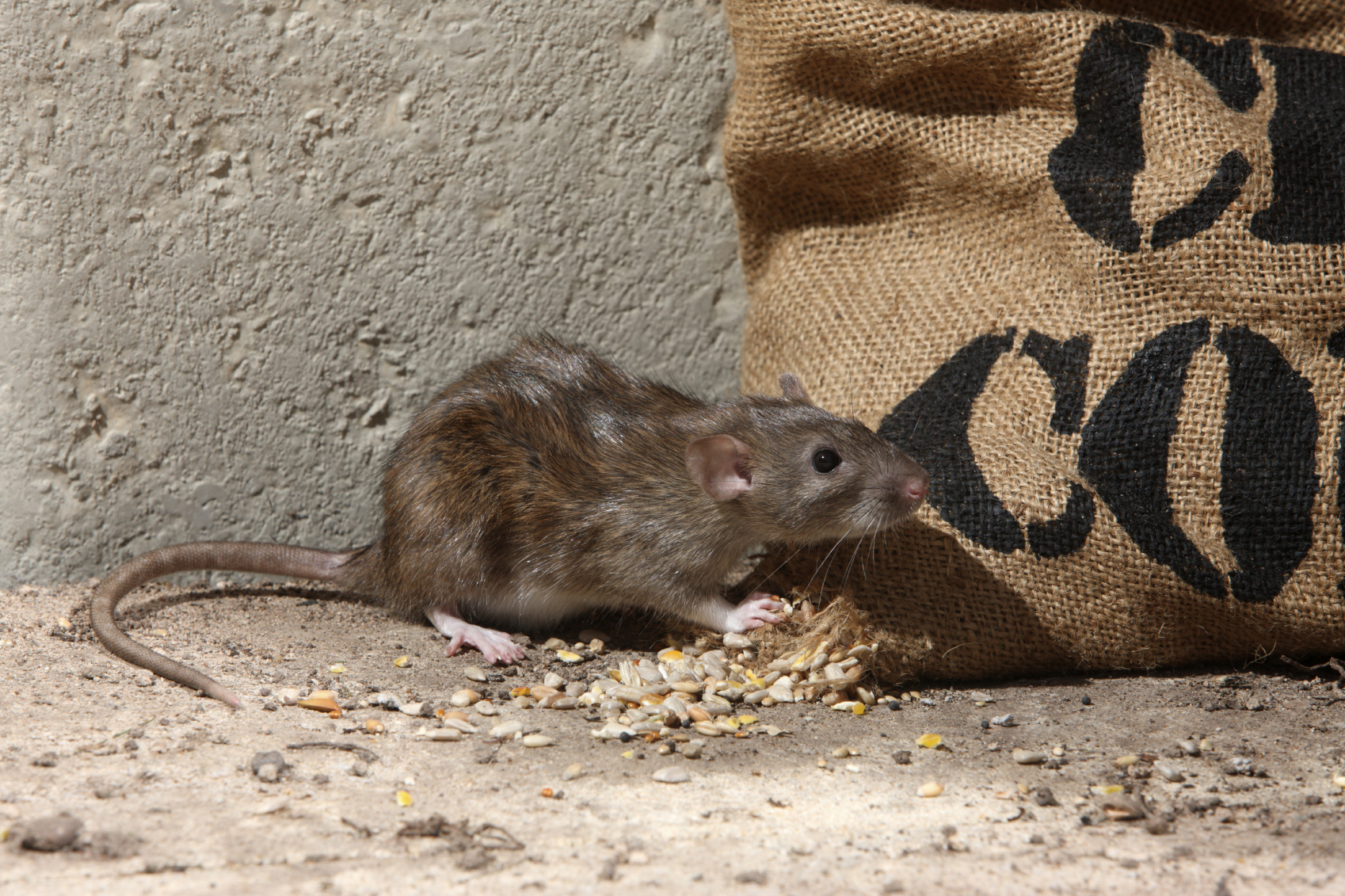
What Do House Mice Look Like?
House mice are typically dusty gray with cream-colored bellies. Fur color varies from light brown to dark gray depending on the mouse’s location. House mice have four legs and a round shaped body. Their muzzles are pointed, and their ears are large with some hair. House mice range from 2.5 to 3.75 inches long. Their tails are usually 2.75 to 4 inches long.
House mice are very social. They organize themselves in social hierarchies with one male dominating lower-ranking males and a large number of females in a given territory. Mature male mice are socially compatible with related mice, but they are hostile and aggressive towards strangers. The size of a house mouse’s territory varies, but it is frequently no larger than 4-5 feet. The size of the territory varies based on the availability of food and water. They are excellent climbers and can jump up to a foot high; however, they are colorblind and cannot see clearly beyond six inches.
House mice nibble, eating only small amounts of food at a time. They generally feed at dusk and before dawn, but they may also opt to eat smaller meals in between.
House mice live in structures, but they can survive outdoors, too. House mice prefer to nest in dark, secluded areas and often build nests out of paper products, cotton, packing materials, wall insulation and fabrics. House mice are nocturnal, but they can be spotted in the house during the day. House mice are very inquisitive and tend to curiously investigate changes in their habitats. They will often change their established runways for this reason.
In nature, mice prefer to eat cereal and seeds, but they will also eat insects, nuts and fruits. Inside structures, mice will consume almost any human food, but prefer grain based products.
House mice can pose serious health threats. House mice can carry diseases and contaminate stored food that they eat in the home. House mice have been implicated in the spread of salmonella through their feces. Humans can become ill by consuming salmonella contaminated food. Symptoms of salmonellosis include diarrhea, fever and abdominal pain. House mice may also spread rat bite fever, although this is uncommon. Humans can catch this bacteria-borne infectious disease through contact with a dead mouse or by consuming food contaminated by mouse feces. Symptoms of rat bite fever may appear between 3 and 10 days after contact with a contaminated mouse and include fever, vomiting, headache, rash and muscle pain.
Micro droplets of mouse urine can cause allergies in children. House mouse feces in the home carries bacteria. Inhaling dust that contains dried feces may cause allergies or asthma flare ups. Furthermore, mice can also bring fleas, mites, ticks and lice into your home. If you suspect that your symptoms are associated with rodent infestation, seek medical attention. Be sure to tell your doctor if you suspect contact with rodents or rodent droppings.
There are a handful of ways to tell if house mice have made your home their own, including the following telltale signs of an infestation:
- Gnaw marks: Gnaw marks may be either rough or smooth.
- Droppings: House mouse droppings may be either soft and moist or dried and hard. The droppings measure about 1/8-1/4 inch long. They are rod shaped and pointed on the ends.
- Tracks: House mice leave 4-toed prints with their front feet and 5-toed prints with their hind feet.
- Rub marks: House mice often leave oily rub marks on walls along which they travel.
- Burrows: House mice burrow using nesting materials such as insulation.
- Runways: House mice usually use the same pathways. Active runways are sometimes visible, with rub marks, droppings, and footprints along them.
- Odor: The odor of house mouse urine may become distinct if there is a large number of house mice in a particular area. House mice use their strong-smelling urine to communicate with one another.
- Damaged goods: Mice prefer seeds or cereals but will readily eat insects trapped on glue boards.
- Actual rodent: If you see a mouse scurrying across the kitchen floor, there is likely a family of mice hiding out of sight.
To keep mice and other rodents out, make sure all holes larger than a dime and gaps wider than a pencil are sealed with silicone-based caulk, steel wool, or other construction material. Keep areas clear and store boxes off the floor, as mice can hide in clutter. Store food in sealed glass or metal containers. Leave surfaces clear of crumbs and food morsels, which may attract house mice. Read more: 10 Easy Tips to Prevent Mice and Rodents Inside the Home.
If you suspect a house mouse infestation, contact a licensed pest control professional to conduct an inspection and recommend a proper course of treatment to get rid of house mice.


